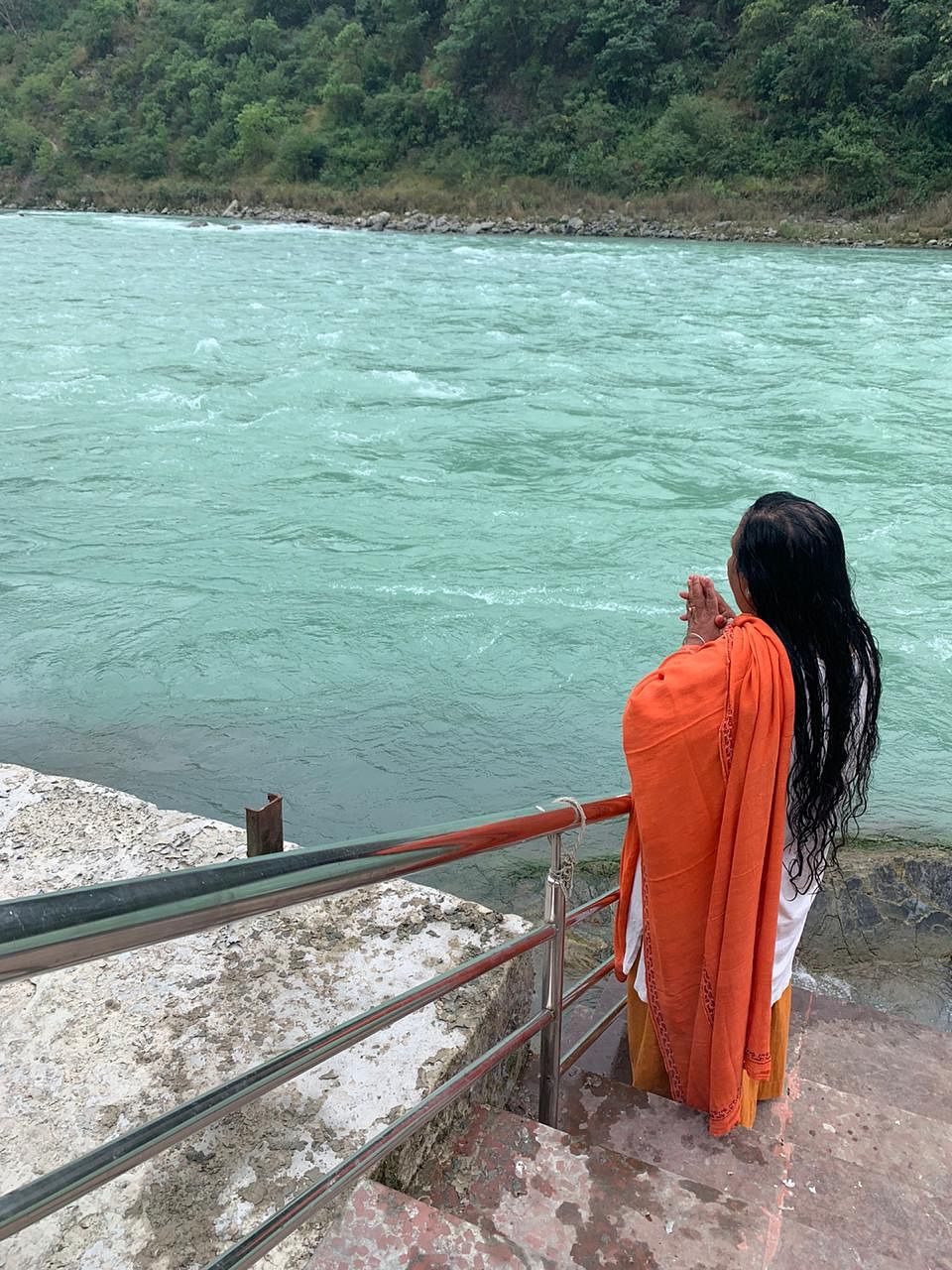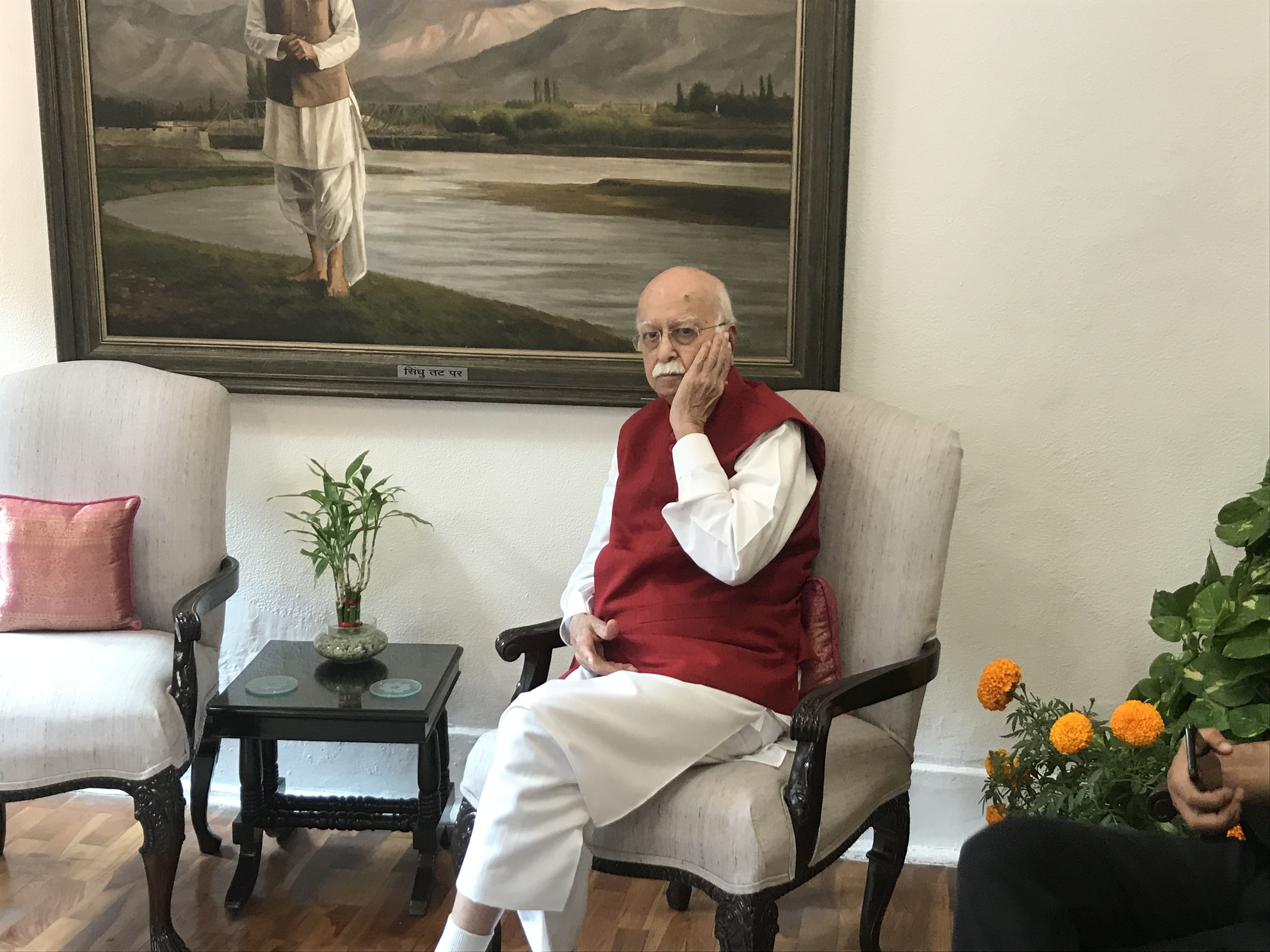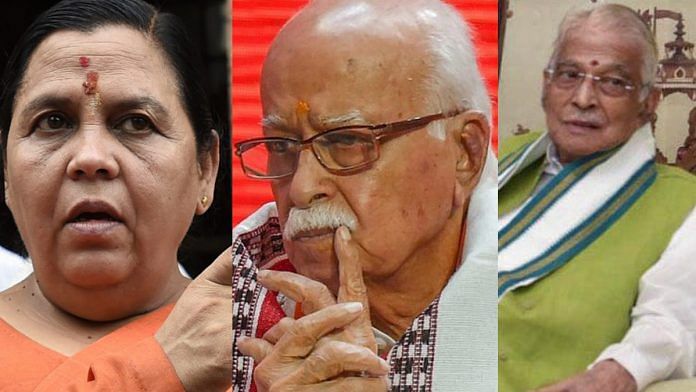New Delhi: The images from the day of the Babri Masjid demolition stand as a stark reminder of the polarisation of the times. As the 16th century mosque was brought down by frenzied kar sevaks on 6 December 1992, some of the biggest leaders of the Hindu right and the Bharatiya Janata Party (BJP) were photographed in pure exultation.
There is an image of former union minister Uma Bharti with her arms around Murli Manohar Joshi. In another, Bharti, a coy smile playing on her lips, is seen in the company of (late) VHP leader Ashok Singhal, Advani, Joshi and former BJP MP Vinay Katiyar — the latter three standing with their hands joined in a gesture of victory.
Now, as the Supreme Court prepares to issue its much-awaited verdict on who owns the 2.77-acre plot believed to be the birthplace of Hindu deity Ram, few of them remain on the political centre stage.
Singhal, president of the Vishva Hindu Parishad (VHP) that started the mandir agitation, is no more, and neither is fellow VHP leader Giriraj Kishore.
Others, meanwhile, find themselves sidelined despite having led a movement that launched the BJP into prominence. Here is a look at the career trajectory of these “temple warriors” who now find themselves forced to watch the proceedings from outside the ring.
Uma Bharti

Uma Bharti, perhaps the only face of the Ram Mandir agitation who has been unapologetic about her role in the demolition of the Babri masjid, has been on a personal “Ganga yatra” for over 20 days now.
She is travelling from Gangotri to Gangasagar, with only a few associates in tow.
Uma served as union minister in the first Modi government, but bowed out of the Lok Sabha race this year. She is currently BJP vice-president but without much responsibility.
It is believed she was denied ticket over non-performance.
In the Vajpayee-Advani era, Uma was one of the key figures, handling portfolios as diverse as sports and coal.
She and the others named in this report are currently facing trial in a Lucknow court for alleged criminal conspiracy and inciting hatred, among other charges. The court has been holding daily hearings and was directed by the Supreme Court this July to deliver the judgment within nine months.
However, she has never apologised for her role in the demolition, which sparked riots around the country.
“For Ram Mandir construction, I will sacrifice another life,” she told ThePrint. “There was no conspiracy for demolition, everything was in the open. I am proud that I was part of the movement.”
She is now reconciled to her exile. She will return from her Ganga yatra only if “the mandir andolan will call…”.
Vinay Katiyar

OBC leader Vinay Katiyar was an MP from Faizabad when Babri Masjid was demolished. It was at Katiyar’s home where the entire Ram Mandir Kar Seva strategy was planned and he was the point-person for the then Prime Minister Narasimha Rao on getting updates on the Ayodhya situation.
Katiyar started the Bajrang Dal, the VHP youth wing, to pursue the Ram Mandir andolan in 1984.
He subsequently served as Uttar Pradesh BJP chief and has three terms as Faizabad MP and another as a Rajya Sabha member.
Cut to 2019, he himself admits he has no role in the organisation.
“I have no work these days,” he said. “Whenever anybody calls me for a meeting, I go, but I largely live in Lucknow.”
However, he added, he will go to Ayodhya before the judgment.
“I am optimistic that in my life time the mandir will be constructed, we have struggled for this day.”
Also read: Not Ayodhya verdict, blood trail going unpunished worries me: Umar Khalid
Lal Krishna Advani and Murli Manohar Joshi

Once the poster boys of the mandir movement, Advani and Murli Manohar Joshi have been living in political oblivion since the Narendra Modi-Amit Shah combine took charge of the BJP in 2014. They were dropped from the BJP parliamentary board, the most powerful decision-making body of the party, and dismissed into a perfunctory “margdarshak mandal” or guidance panel.
However, the panel has held no meeting and the “guidance” or “margdarshan” of the duo was ignored after the party’s defeat in the 2015 Bihar assembly election.
Former deputy prime minister Advani, who played a big role in the BJP’s rise to power in 1996, was denied the post of President. Joshi, a Vajpayee-era union minister, was denied the post of Vice-President. In the Lok Sabha polls this year, both were denied tickets from their long-held constituencies, Gandhinagar and Kanpur.
Joshi occasionally speaks at seminars but Advani, once a regular at Parliament’s remembrance functions, now avoids them. He now restricts himself to family trips, including recent ones to Himachal Pradesh and Kerala .
Kalyan Singh
Singh was serving as the BJP’s first Uttar Pradesh chief minister when the masjid was demolished on 6 December 1992. He took moral responsibility for the demolition and resigned soon afterwards.
He was the only suspect in the demolition who was on the political centre stage — his tenure as Rajasthan governor ended in September.
Singh was one of the first gubernatorial appointees after Modi took office in 2014. BJP insiders claimed at the time that it was meant to woo the Lodh community in view of the 2017 UP assembly elections. With his term as governor now over, he is now on trial for the demolition case.
Govindacharya, Pravin Togadia
Once the architect of social engineering caste politics in Bihar and Uttar Pradesh, Govindacharya has been leading a life of oblivion for more than a decade.
He was one of the most powerful general secretaries, but his fall started during a tug of war with former PM Vajpayee during the 1996 election when he called him the (secular) mukhauta (mask) of the BJP. He was expelled from the BJP during Rajnath Singh’s tenure as chief in 2007.
The RSS has tried to induct Govindacharya into the BJP, but it has been opposed by the latter. He has floated an outfit called the Rashtriya Swabhiman Manch for social work and currently leads a low-profile life. At one time, he was a fellow pracharak with Modi and both were mentored by Advani.
Togadia, meanwhile, was forced to resign from the VHP due to his consistent opposition to Modi, with whom he shares his Gujarati roots.
Also read: CJI Gogoi’s ‘unprecedented’ meeting with UP officials ahead of Ayodhya verdict draws flak



